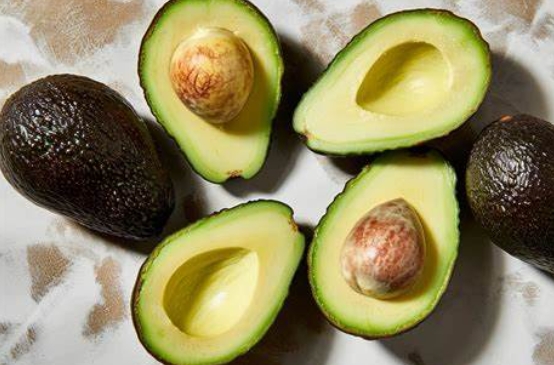Crêpe is one of France’s most beloved dishes, known for its thin, delicate texture and versatility. This iconic French pancake has become famous worldwide for its ability to be served with both sweet and savory fillings, making it suitable for any time of day—from breakfast to dinner or dessert. Whether you’re enjoying them in a Parisian café or preparing them at home, crêpes offer a delightful culinary experience that can be customized to suit any taste.
The origins of crêpes can be traced back to the Brittany region in northwest France, where they were originally made with buckwheat flour and filled with simple ingredients. Over time, crêpes evolved to become the delicate, thin pancakes that we know today, typically made with white flour and served with a variety of fillings. In France, they are often enjoyed on La Chandeleur (Candlemas) on February 2, a day associated with the tradition of making crêpes to bring good luck for the year ahead.
The beauty of crêpes lies in their simplicity. The batter is made from a mixture of flour, eggs, milk, a pinch of salt, and a touch of butter. The ingredients are whisked together until smooth, and the batter is then poured onto a hot, lightly greased pan. The result is a thin, lacy pancake that is cooked quickly, with a soft and slightly chewy center and crispy edges.
While crêpes can be served plain, they truly come to life when paired with fillings. Sweet crêpes often feature ingredients like chocolate, fruit, cream, Nutella, or sugar, while savory crêpes (also known as galettes) are typically filled with cheese, ham, eggs, and a variety of vegetables. One of the most famous savory crêpes is the Crêpe Complète, which features ham, cheese, and a fried egg, creating a balanced and delicious combination of flavors.
The process of making crêpes is both simple and fun, with the key to success lying in the right consistency of the batter and the correct cooking technique. The batter should be smooth and thin enough to spread evenly across the pan, but not so runny that it becomes difficult to control. To achieve the perfect crêpe, the pan must be evenly heated, and the crêpe should be cooked for just a minute or two on each side, allowing it to become golden brown without burning.
In France, crêpes are often made fresh to order at crêperies (specialty crêpe restaurants), where diners can choose from a wide range of fillings and toppings. These crêperies have become popular gathering spots, with people of all ages enjoying the communal experience of sharing crêpes with family and friends. In some regions of France, you might also find crêpes served at street markets, where vendors prepare them in front of customers, adding to the charm of this dish.
Crêpes are incredibly versatile and can be enjoyed in numerous ways. For dessert, they may be folded and filled with a variety of sweet toppings like whipped cream, strawberries, bananas, or caramel sauce. A popular choice for dessert crêpes is the Crêpe Suzette, which features a crêpe drizzled with a sauce made from orange juice, butter, sugar, and liqueur, often flambéed before serving to create a dramatic presentation.
Savory crêpes can be just as varied. In addition to the classic ham and cheese fillings, crêpes can be stuffed with a wide range of ingredients, from mushrooms and spinach to smoked salmon and goat cheese. For those looking for something lighter, vegetarian crêpes filled with grilled vegetables, cheese, and herbs are an excellent option. Crêpes filled with seafood such as shrimp or scallops also provide a delicious, refined option for a more sophisticated meal.
Crêpes have become so popular that they are now enjoyed beyond France, with international variations and adaptations emerging in countries around the world. In the United States, for example, crêperies have popped up in many cities, offering a fusion of French tradition with local ingredients. The concept of a crêpe has also been embraced by street food vendors and casual dining establishments, making it accessible to people from all walks of life.
Whether served sweet or savory, crêpes remain a symbol of French culinary expertise. Their lightness and versatility make them the perfect vehicle for an array of fillings, and they are easy to customize to suit every palate. Whether you enjoy them as a breakfast treat, a light lunch, or a luxurious dessert, crêpes never fail to satisfy. The dish has a timeless appeal, and its ability to be tailored to both sweet and savory cravings makes it a favorite among food lovers worldwide.
In addition to their flavor, crêpes are a social dish. The process of sharing crêpes with friends or family, often sitting around a table and filling them with your favorite ingredients, creates a warm and inviting atmosphere. It’s no wonder that crêpes remain a beloved part of French culture and have found a special place in the hearts of people all over the world.





